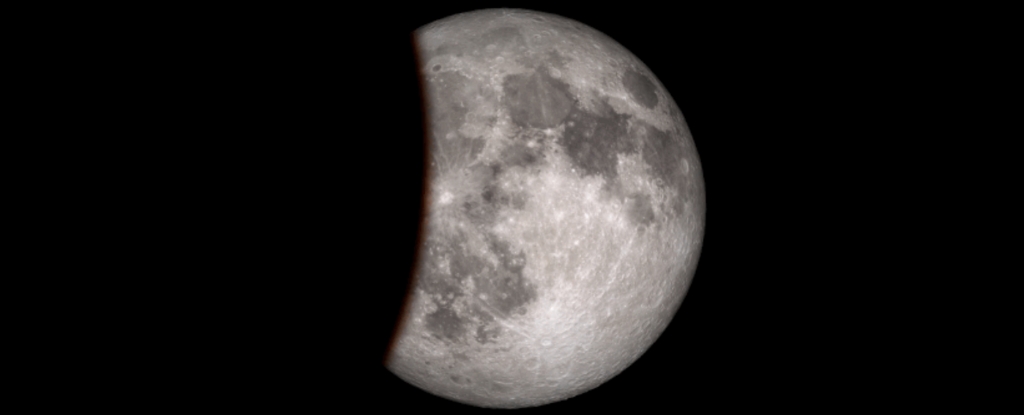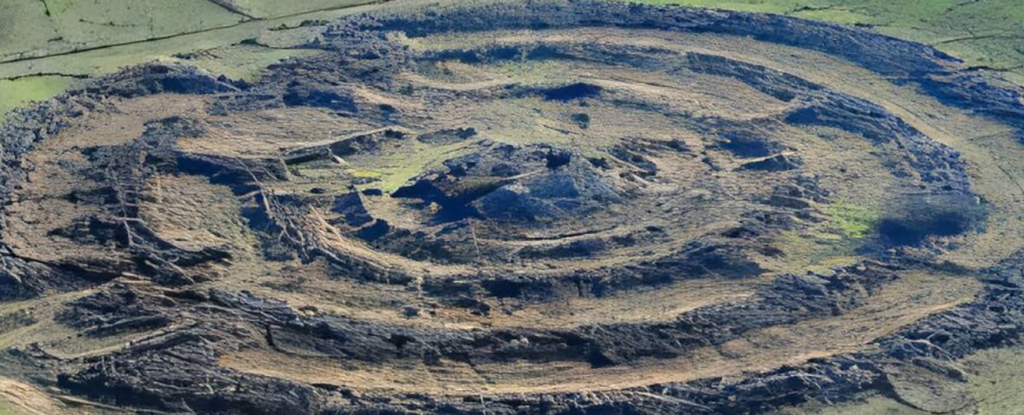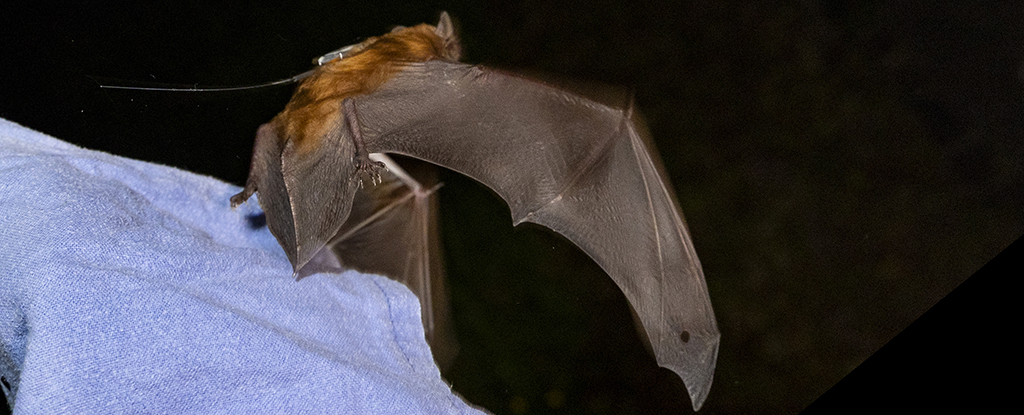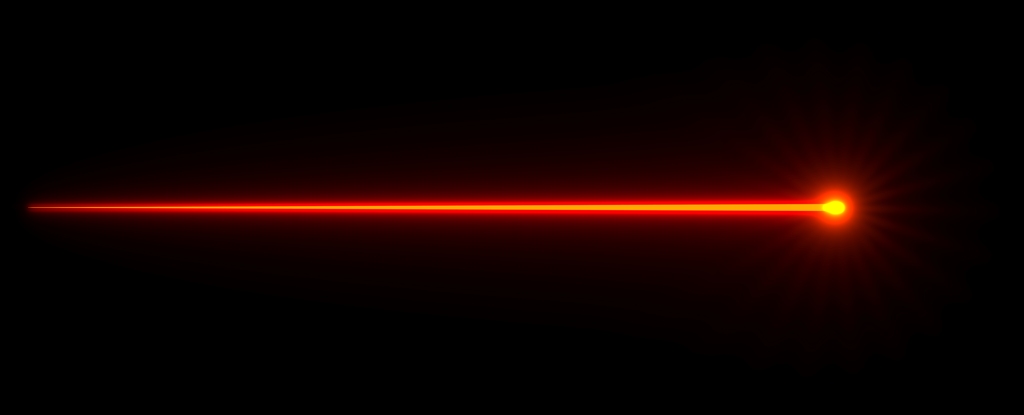A shallow partial lunar eclipse is on tap for the night of September 17th/18th.
The eclipse is a slight one to be sure, but will be noticeable as the northwestern limb of the Moon just slips past the dark inner umbral shadow of the Earth.
The eclipse is just over 8% partial at its maximum, meaning the Full Moon will look a little ‘smushed’ on one side at mid-eclipse.
Timing and Visibility
The eclipse will be visible in its entirety around the Atlantic Ocean region, including western Africa and Europe, eastern North America, and all of South America.
Eastern Europe and Africa will see the eclipse in progress at moonset towards sunrise, while western North America will see the eclipse already underway at moonrise/sunset.
The umbral (partial) phase of the eclipse lasts not quite 63 minutes in duration, and is centered on 2:45 Universal Time (UT) Sept 18th/10:45 PM U.S. East Coast Time (EDT) on the evening of Tuesday, September 17th.
The entire penumbral phase of the eclipse starts at 00:41 UT/8:41PM EDT, and runs about 4 hours and six minutes in duration.

A Complicated Celestial Affair
This is also a complex event, before and after the eclipse. First up, the Moon occults (passes in front of) the planet Saturn for western North America, just over 15 hours prior.
Then, the Moon reaches perigee (its closest point to the Earth) just 10 hours after the eclipse. This will likely lead to cries of a ‘ Supermoon eclipse’ across ye ‘ole web. Don’t buy into any purported ‘ Blood Moon‘ hype; the Moon won’t go far enough into the umbral shadow of the Earth to turn red.
Finally, the Moon also occults Neptune for North America just over five hours after the eclipse, a challenging event indeed.

The September Moon nearest the Equinox (which falls on Sunday, September 22nd, for 2024) is also known as the Harvest Moon.
Not only did the illumination from the Full Moon give farmers in the pre-industrial era a few extra hours to get the harvest in, but the angle of the ecliptic is shallow enough in September that the Moon seems to linger from one night to the next, rising only slightly later.
I remember growing up picking potatoes in Northern Maine in September, working our way home on foot under the light of the Harvest Moon.

Catching This Week’s Partial Lunar Eclipse
Observing and imaging the eclipse is as simple as following the Full Moon Tuesday night at the appointed time. Modern phones zoomed in will produce a clear image, as will a phone camera aimed through the eyepiece of a telescope.
You probably won’t notice anything is amiss with the eclipse until about 30 minutes into the penumbral phase. Then, the Moon may seem to have a bit of a tea-colored tint.
Towards the partial phase, the ragged umbral shadow of the Earth will just brush the Moon. The curve of the shadow cast by the Earth will become apparent, visual proof that our fair planet is indeed round.
Cloud cover prospects for the contiguous United States seem to favor the central and southern U.S. around eclipse time:

Clouded out, or simply live in the wrong hemisphere? You can still watch the eclipse live courtesy of astronomer Gianluca Masi and the Virtual Telescope Project.
The Partial Lunar Eclipse…As Seen From Space
The spectacle extends out into space as well. Most of the Earthward face of the Moon will experience a partial solar eclipse, except the very northwestern limb, which will see a total solar eclipse. Perhaps one day, human astronauts will stand on the Moon and witness this event.

Tales of the Saros
Eclipses (lunar or solar) occur in groups known as saroses, with members spaced 18.04 years (223 synodic months) apart. Several saroses are active at any given time.
This is eclipse member 52 of 74 for lunar saros series 118, meaning this cycle is past its prime on its way out. Lunar saros 118 began waaaaay back on March 2nd, 1105. This saros produced its first total lunar eclipse on August 22nd, 1393, and final one on June 22nd, 1880.
If you caught the September 7th, 2006 partial lunar eclipse centered over the Indian Ocean region, you caught the last member of this saros cycle. The final member of saros series (a barely perceptible penumbral eclipse) occurs on… (mark your calendars) May 7th, 2403.
This marks the start of the final eclipse season of 2024. This is book-ended by an annular solar eclipse two weeks from now on October 2nd. This event spans Easter Island in the South Pacific, and the southern tip of South America.
The next lunar eclipse is a total lunar eclipse on March 13-14th 2025 favoring the Americas. This ends the current ongoing ‘lunar eclipse drought,’ as the last one occurred on November 8th, 2022.

If skies are clear, be sure to give this final lunar eclipse of 2024 a look Tuesday night.
This article was originally published by Universe Today. Read the original article.





